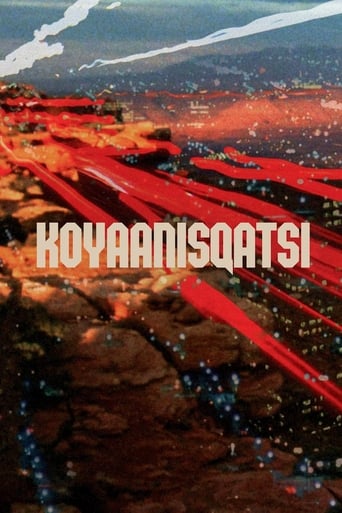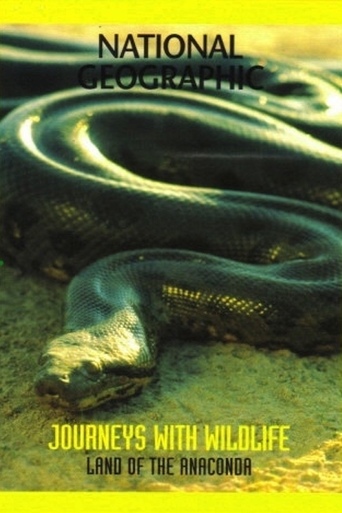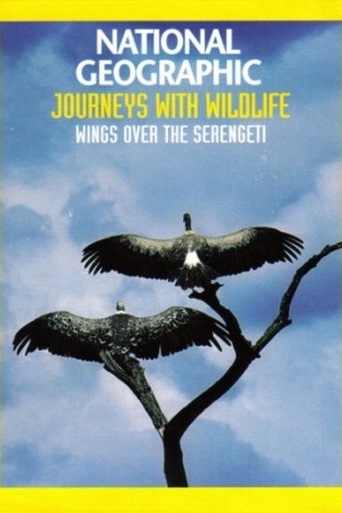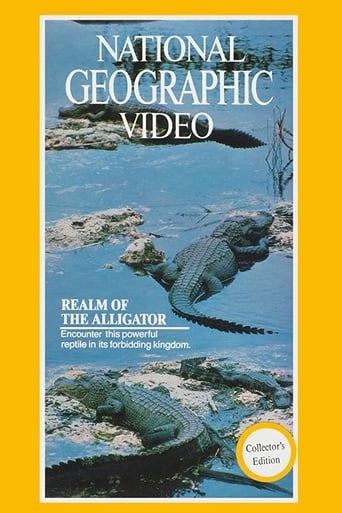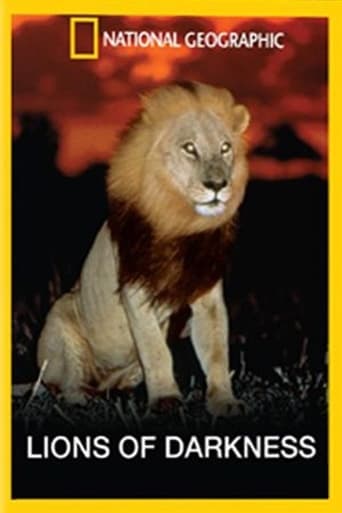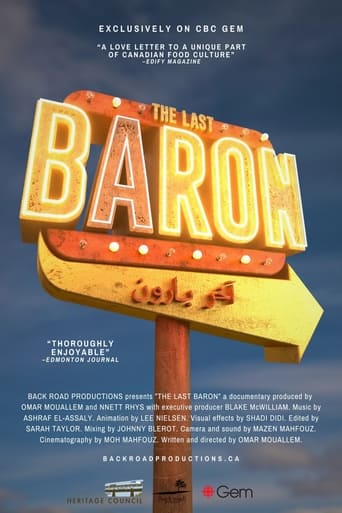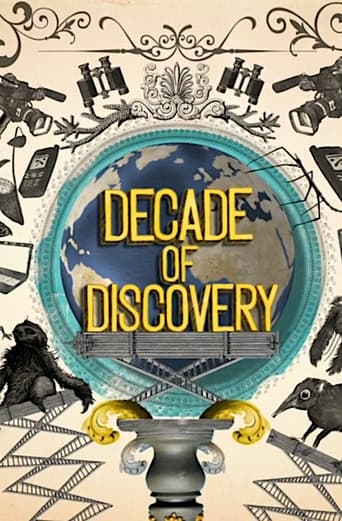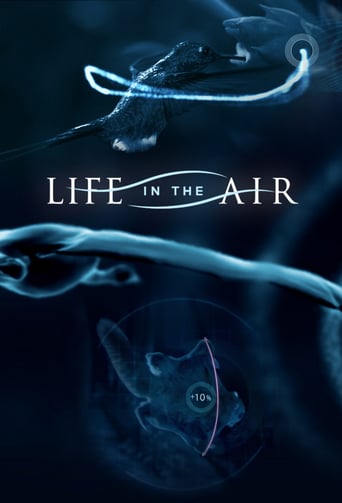Koyaanisqatsi (1983)
Takes us to locations all around the US and shows us the heavy toll that modern technology is having on humans and the earth. The visual tone poem contains neither dialogue nor a vocalized narration: its tone is set by the juxtaposition of images and the exceptional music by Philip Glass.
Watch Trailer
Free Trial Channels
Cast


Similar titles
Reviews
Fantastic!
It is a whirlwind of delight --- attractive actors, stunning couture, spectacular sets and outrageous parties.
This is ultimately a movie about the very bad things that can happen when we don't address our unease, when we just try to brush it off, whether that's to fit in or to preserve our self-image.
There is definitely an excellent idea hidden in the background of the film. Unfortunately, it's difficult to find it.
Godfrey Reggio tells viewers to take what they want from the trilogy of which Koyaanisqatsi (life out of balance) is the first part. Which is a little disingenuous.In 1982, industrialisation's effects on the environment were not the big news they are today. There were no camera drones, either, so getting spectacular aerial footage of the planet, whether of deserts or industrial landscapes was a more ambitious undertaking. If you watch it with the sound off, you see many now-commonplace variations of spectacular photography, time-lapse footage and slo-mo footage; cuts much longer than we're used to today, of all kinds of (all-American) beautiful landscapes and less beautiful cityscapes. The general message, ie that humankind isn't such a beautiful thing, isn't hard to discern.Now listen to the Philip Glass soundtrack without the visuals. Portentous, meandering, it never stays in one groove long enough to suggest that it's anything but background, ambient music. George Gershwin it ain't.Put them together, and you still don't feel anything but a mild approval for the vague message, and mild admiration for the hard work that must have gone into the editing, if nothing else. In 1982, Koyaanisqatsi was kind of left-field. Today it's left behind.
A very beautiful flow of clips, even though some of them should frighten more than intrigue.The tempo is also part of what makes is so captivating. The clips slowly builds up and creates an alarming story. At the same time every sequence stands on its own. The lack of words gives it an almost alien view of earth and man's relationship to the planet. Together with the score by Philip Glass it sucked me in and I have rarely been so focused on every frame throughout an entire movie. It must have been quite amazing to see this in a movie theater back in the 80's with the big screen, speakers and also i guess in a time when similar creations were more scarce than now. It's by far the most visual movie I have seen and the fact that it only relies on images and music to tell a story made it bypass my rational filters and made me fully present in the moment for 86 minutes straight.
I actually learned about this film from reading a review of some quite different movie right here on IMDb and have been on the lookout for it ever since. A search through my library system produced no results, so seeing it come up on the TCM cable listing the other night I managed to DVR it for watching this morning. I had to laugh actually, because the guest host for the viewing was actor Alec Baldwin. What better choice for this odd sounding film, the name of which is derived from the Hopi Indian language which loosely translates as 'life out of balance'. Off the top of my head I can't think of many other hosts who's own life may be out of balance enough to perform the duty. Just recall that phone call rant to his daughter that went viral some years ago and you'll make the connection.This film won't be for everyone's taste, that I'll grant. It's a wordless picture relying on an abundant sequence of images meant to convey both the dichotomy and interconnection between Man and Nature. Some will see it as an indictment on Mankind, thrust into a pristine world and polluting it by his mere presence. I don't see it in that harsh regard, though some of the images are indeed stark and troubling.Part of the film's strength involves the power and majesty of Nature's elemental forces juxtaposed with scenes of harmonic tranquility. It begins in a sense, from the beginning, with images from areas of the country resembling Utah's Monument Valley and the Grand Canyon, looking almost prehistoric in nature. A reverential musical score from Philip Glass lends support to the ethereal beauty of the images on screen, so it's all the more jarring when Man's machines and structures make their first intrusion on this glorious landscape. The rubble of Man's failures are highlighted in images of abandoned ghettos and ruined neighborhoods, but the film narrative successfully moves on to reveal the immense creativity and excitement of his creations. City life teems with extraordinary energy, especially at night with vibrant time lapse photography that captures the vitality of humanity.With a keen eye and superb editing, the film makers make a humorous visual statement with a cleverly placed theater marquee above a bustling city street that offers it's own critique of harried modern life - 'Grand Illusion'. Another clever contrast is made between a bank of escalators moving at a rapid pace, disgorging thousands into a grand terminal, while the next sequence involves an Oscar Mayer assembly line furiously producing hot dogs for the masses. The point is well made, life is indeed too fast and one must stop to smell the roses if any sense is to be made of one's existence at all. This I think is where the grand vision of the project is intended to lead us, to make us stop and think, and maybe think about stopping to enjoy the wondrous beauty of the world around us.
"Koyaanisqatsi" is a film meant to be experienced. It has no narrative or dialogue, just an 85 minute string of images with an accompaniment of music by Philip Glass. The main significance in the film seems to be the contrast between nature and civilization. There's an obvious environmental message at play, but the film is getting at something much more grand and cinematic as a whole. The ultimate cornerstone of "Koyaanisqatsi" is the cinematography and music. When the film focuses on nature at the beginning, the camera-work and music is majestic and slow, but when we cut to focus on civilization, it's chaotic and fast- paced. "Koyaanisqatsi" is a purely cinematic experience that never has a dull moment and ends on a high note.

